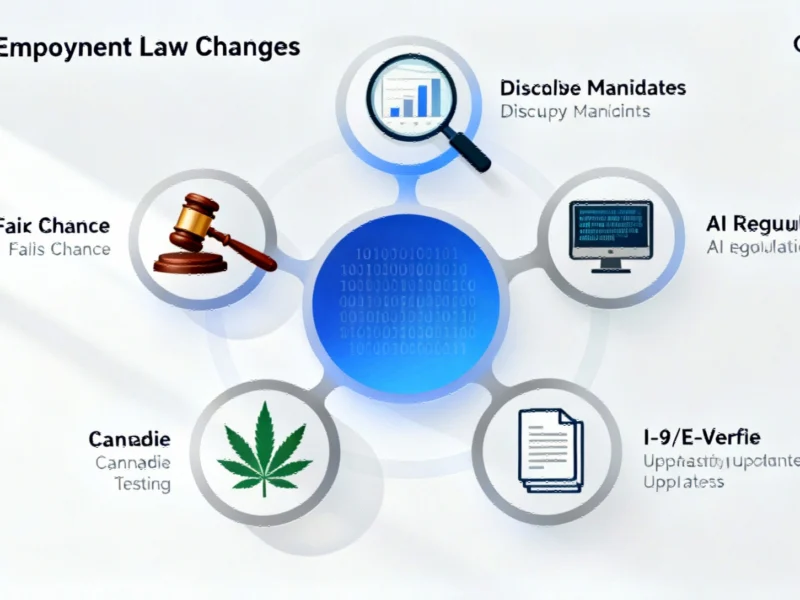Major Staff Cuts at Women’s Health Startup
Women’s healthcare provider Tia, previously championed by philanthropist Melinda Gates, has eliminated approximately 23% of its workforce in a strategic restructuring move. The company confirmed cutting 72 positions across corporate, provider, and field support teams as it responds to mounting financial pressures in the healthcare sector. This significant workforce reduction highlights the ongoing challenges facing digital health companies attempting to scale hybrid care models.
Detailed Breakdown of Workforce Reductions
According to an internal email from CEO Felicity Yost obtained by Business Insider, the layoffs affected multiple departments unevenly. The corporate team saw the deepest cuts at 27% (17 positions), while provider roles were reduced by 22% (27 positions) and field support staff by 23% (28 positions). These cuts come despite Tia reporting stronger-than-expected membership growth, which had already surpassed the company’s 2025 projections.
The decision reflects broader industry developments affecting healthcare startups, where even well-funded ventures struggle to balance growth expectations with operational sustainability. As one executive familiar with the situation noted, “The current economic climate demands greater cost consciousness and faster paths to profitability than many startups initially anticipated.”
Economic Realities Hit Hybrid Healthcare Model
Tia’s hybrid approach combining physical clinics with virtual care services represents one of several innovative models facing financial headwinds. The company operates 11 clinics across Los Angeles, New York City, San Francisco, and Arizona, providing comprehensive women’s healthcare including gynecology, primary care, and mental health services. Despite the convenience and accessibility of this model, sustaining physical locations has proven financially challenging.
Yost explained in her email to staff that the layoffs followed feedback received during a recent fundraising effort. The company sought additional capital after determining that underperformance would prevent reaching profitability without more cash infusion. This situation mirrors challenges faced by other healthcare ventures, including the recent major workforce restructuring at similar organizations.
Broader Industry Pattern Emerges
Tia’s struggles reflect a concerning pattern across the healthcare startup landscape. Former Silicon Valley darling Forward abruptly shut down in November 2024 after raising over $650 million, while primary care chain VillageMD has been selling clinics after spinning off from Walgreens. Even retail giant Walmart closed all 51 of its health centers in April 2024, citing unsustainable operating costs.
These developments highlight how market trends are shifting toward operational efficiency and financial discipline across the healthcare sector. A Tia spokesperson acknowledged that “ongoing structural challenges impacting the broader care delivery sector, such as cost pressures from rising labor rates and tighter reimbursement rates” necessitated the company’s restructuring.
Strategic Pivot and Future Direction
In response to these challenges, Tia has implemented several strategic initiatives aimed at improving financial performance. The company introduced a new non-member access model in the second quarter, allowing patients to receive care without committing to membership. This approach reportedly outperformed expectations, though other business areas continued to underperform.
Additional measures included partnerships for compounded GLP-1 prescriptions and a national rollout of virtual care services. Meanwhile, recent technology advancements in other sectors demonstrate how innovation continues to transform various industries, including significant wireless networking breakthroughs that could eventually benefit telehealth platforms.
Leadership and Operational Changes
The workforce reduction follows leadership changes at Tia, with co-founder Carolyn Witte transitioning from CEO to chairwoman in April 2024. Former president Felicity Yost assumed the role of interim CEO and has since implemented additional cost-cutting measures beyond the layoffs. These include reducing senior leadership compensation, optimizing tools and contracts, and rethinking clinical hiring strategies.
Yost emphasized that Tia must “creatively rethink how we optimize our administrative and care support roles across a broader range of responsibilities” while maintaining high-quality patient care standards. This approach aligns with how other organizations are responding to efficiency revolutions in their respective sectors.
Environmental and Economic Challenges
External factors have also impacted Tia’s operations, with Yost citing early January wildfires in Los Angeles as negatively affecting first-quarter performance. The natural disaster disrupted operations in one of Tia’s key markets, compounding existing business challenges. Such environmental disruptions echo unprecedented climate events affecting various industries worldwide.
The company’s struggle to achieve profitability despite strong membership growth underscores the difficult economics of healthcare delivery, particularly for venture-backed companies facing pressure to demonstrate scalable business models. As regulatory landscapes evolve, companies across sectors must adapt, similar to how complex legal decisions are reshaping energy markets.
Looking Forward
Despite the workforce reduction, Tia maintains a positive outlook regarding its future prospects. The company spokesperson highlighted planned health system partnerships and expansion announcements scheduled for early next year. Tia’s ability to secure additional funding, though contingent on restructuring, suggests continued investor confidence in the company’s fundamental model and market position.
The healthcare startup’s experience reflects broader economic patterns affecting workforce stability, mirroring employment fluctuations seen in other sectors. As Tia and similar companies navigate this challenging environment, their adaptations may ultimately strengthen the healthcare innovation ecosystem through more sustainable business models.
The women’s health sector continues to evolve as companies balance mission-driven care with financial sustainability, with Tia’s restructuring representing both the challenges and necessary adaptations facing digital health innovators.
This article aggregates information from publicly available sources. All trademarks and copyrights belong to their respective owners.
Note: Featured image is for illustrative purposes only and does not represent any specific product, service, or entity mentioned in this article.



